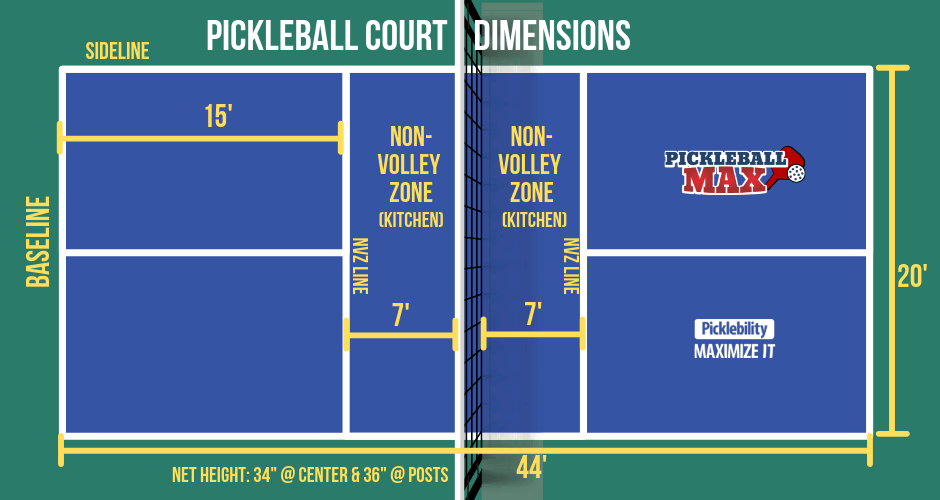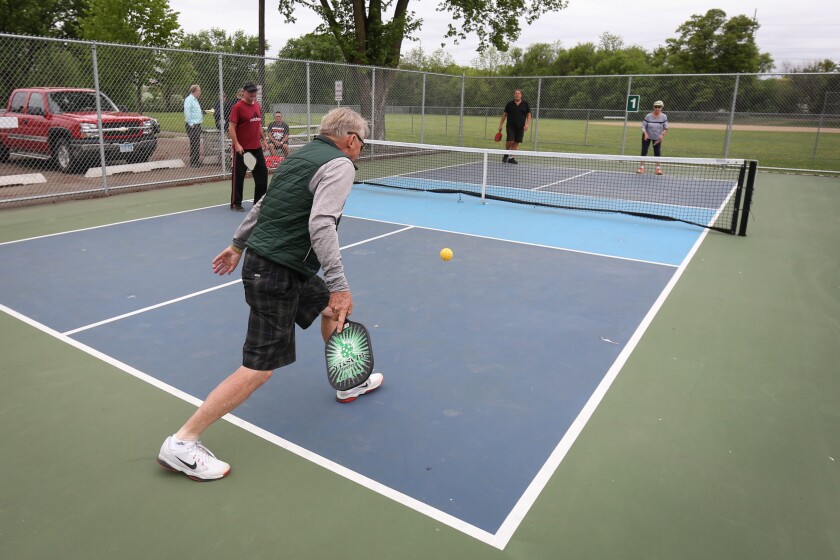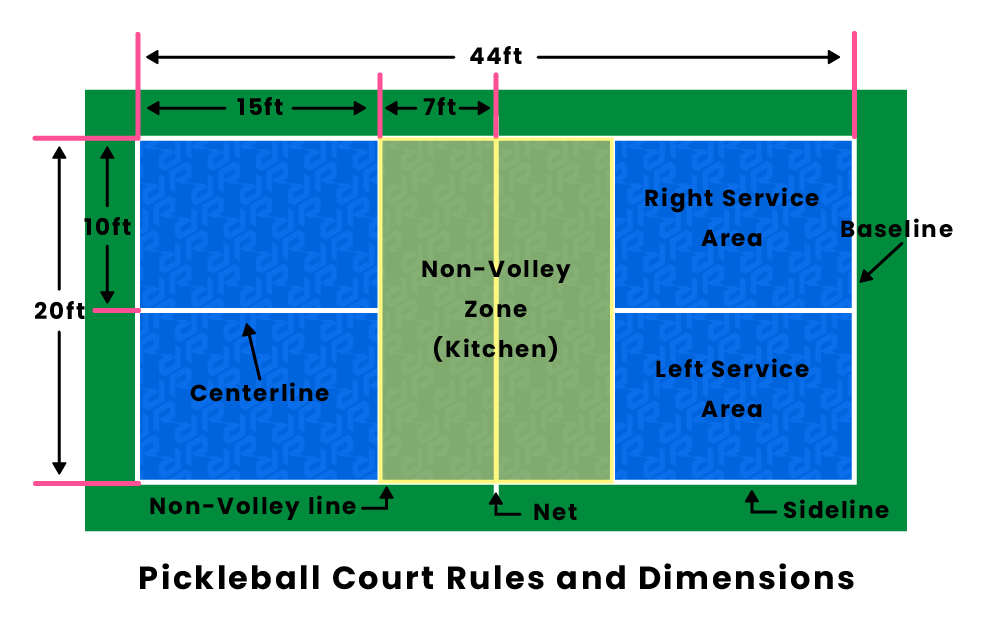
Pickleball, a sport that is fun and exciting, can be played either by one person or two people. The rules and techniques of pickleball are similar to those of tennis and badminton, with a few differences. Pickleball is played on a smaller court. It also uses a single low net to play instead of a two-person game. The ball is a ball made from plastic and has holes rather than a wiffleball.
Pickleball requires a special paddle. Pickleball paddles are used to make serves or volleys. Players must strike the ball with the racquet under their belly button. Alternately, you could use your forehand/backhand to serve.
The goal in a game of basketball is to be the first to score 11 points. Points are earned by the other team when they commit a fault. There are three types. The ball can be hit into the net or missed. It can also bounce twice before it is struck. If a teammate hits the ball into an open net, it is a mistake and they get to serve again.

Serving is done by placing the player at the baseline. The ball must be hit towards the diagonal court. The team must then move down to avoid a putaway. This area is also known by the "transition zone". This area is difficult to score in and can lead to missed opportunities.
Pickleball can be very fast-paced. Although not as risky as tennis it is still very challenging for players who are experienced. It can be a great way for you to improve your skills.
Pickleball makes a great family sport. Pickleball can also be a good way to get some exercise. It is quick and easy, so it can be enjoyed by everyone. But before you can play, you'll need to learn some basic pickleball game rules. These can be found in the book Pickleball Rules and Fundamentals.
Before you can start a pickleball match, you must decide who will serve the first ball. This can be done either by using a coin flip or by accurately predicting a number. Once you make a decision you can choose your side and start the match.

Pickleball rules are very simple to comprehend. But there are subtleties to the game that may not be obvious. You can use the Transition Zone, the no-volley zone, and no man's property to help you understand the game. Understanding these nuances can help you become more competitive.
The non-volley zones are seven-foot areas on either side of the net. This is where the ball bounces off the ground and the player's paddle can not touch it. The sidelines and sidelines of a net are also non-volley zones. Players can hit the ball into either the sidelines or non-volley area, but it cannot be hit into the kitchen (the space behind the sidelines).
The goal is to stop the ball bouncing and also to volley the ball onto the court. In this manner, the player is able to control the ball more closely, and they can take advantage of the space available on the pickleball court.
FAQ
Can I exercise after eating?
It depends on the type and intensity of your exercise. Avoid strenuous activities after meals because they can cause stomach cramps. Focus on light aerobic activities such as biking or brisk walking.
What are Cardio Exercises and How Do They Work?
Cardiovascular exercises require your heart and lungs work harder than usual. You can do this by running, swimming, biking, rowing and bicycling. These activities increase metabolism and burn fat. They also strengthen your heart and lungs, which makes them great ways to stay fit.
Are there any exercise I shouldn’t do?
Before you start any new exercise routine, it is important to consult your doctor. Some people have injuries or medical conditions that prevent them from doing certain types of exercise. Some activities also require special equipment. Swimming requires you to have a swimsuit and access to the pool.
How do I get started with Fitness?
Start small. Start small by walking around the block for 10 minutes every day. This will help you learn basic movements and allow your muscles to adjust to the new routine. Once you are comfortable with this form of exercise and have gained some experience, you can start adding steps to your daily workout routine.
Is it possible to look too thin?
Yes! Eating disorders and being overweight are both dangerous. It's not normal to weigh less than what your height should be. Also, you may feel dizzy, tired, or weak.
Statistics
- According to the Centers for Disease Control and Prevention, chronic diseases cause 7 out of 10 deaths in the U.S., and treating chronic diseases accounts for 86% of U.S. healthcare costs. (mana.md)
- Physical activity confers the following maternal and fetal health benefits: a decreased risk of pre-eclampsia, gestational hypertension, gestational diabetes (for example, 30% reduction in risk) (who.int)
- Globally, 28% of adults aged 18 and over were not active enough in 2016 (men 23% and women 32%). (who.int)
- In high-income countries, 26% of men and 35% of women were insufficiently physically active, as compared to 12% of men and 24% of women in low-income countries. (who.int)
External Links
How To
How to motivate yourself for a healthy fitness routine
A fitness program is a collection of exercises that you do regularly over a period of time. It can help people tone and build muscle. Regular physical activity improves cardiovascular health and reduces blood pressure, cholesterol levels, risk of heart disease and stroke, diabetes, depression, anxiety, stress, obesity, osteoporosis, and many other diseases. Regular exercise can also provide psychological benefits such self-esteem.
Why not follow your own workouts?
You can lose weight and improve your health by following a workout routine. What makes a fitness routine so important? Let's find the answer!
What does it mean to follow a fitness routine?
It's a minimum of three times per week that you engage in some form or activity such as running, swimming and yoga. This doesn't mean you have to do it for hours. Just 30 minutes can burn calories and keep your body healthy. It is important to follow the plan. You don't have to miss any days. Just pick up where your last one left off the next time.
How much time should I dedicate to my health and fitness?
It all depends on how busy your schedule is. For moderate exercise, it takes 20-30 minutes. Start slowly by exercising for five to ten minutes first if you're just starting out. Once you feel comfortable, increase your duration slowly.